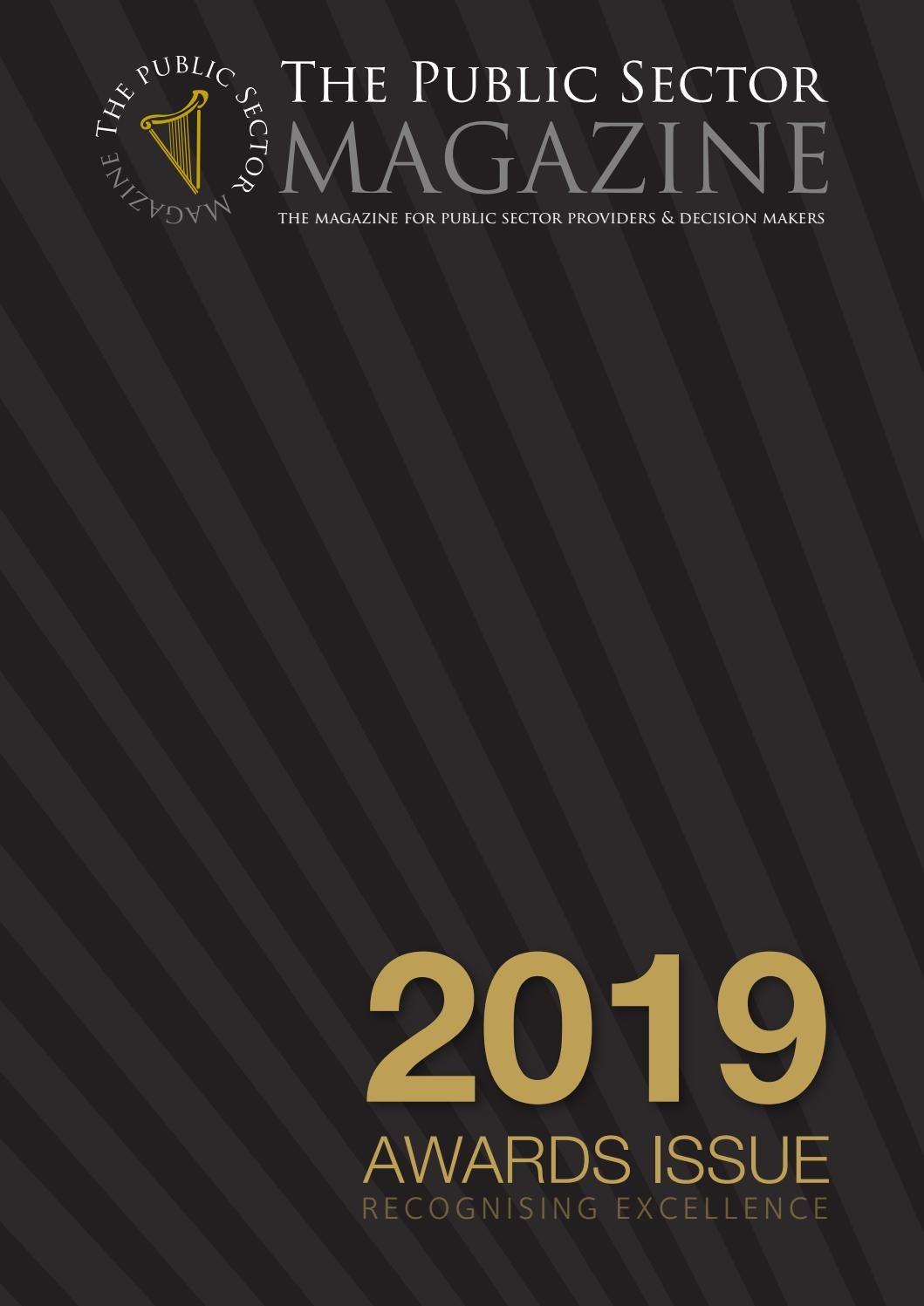
PartWorks received an unusual request. They’re a leader in 3D scanning, reverse engineering, 3D design, protoyping and manufacturing of precision metal and plastic parts and tools, so they’d seen all sorts of parts challenges. But this request was unique.
The project demonstrated PartWorks’ prowess at 3D scanning with 3D modeling and 3D printing to accelerate the reverse engineering and design process.
PartWorks’ customer is Dennis Moster, an amateur artist who creates beautiful ink drawings as a hobby and a creative outlet.
He also happens to be paraplegic. So he needs an ergonomic pen holder — designed specifically for his hand — in order to grip the pen and make his drawings. The original pen holder was made with several pieces of heat-softened plastic, molded to each other and his hand.
Over time, his pen holder became too small for his hand and eventually broke. Suddenly, he had no way to create his art. PartWorks needed to design a product through reverse engineering to meet their client’s specific needs.
Fixing the existing pen holder was not an option since it had become too small for his hand. To design the new holder, they glued the broken holder back together in order to scan it. To generate the required 3D model, they used a FARO®ScanArm to connect the physical world with the digital world. This was achieved by quickly digitizing the pen holder to generate an accurate 3D representation that, when combined with 3D modeling software, resulted in an STL (or triangle mesh) file of the pen holder.

PartWorks modified the design of the holder, extending it via several design-prototype iterations until it was just large enough to fit the artist’s hand with a snug fit. Because they had this mission-critical 3D data, PartWorks was able to work completely in the digital domain and leave behind traditional hand measurements, manual cross sections and notebooks. Thanks to the full 3D representation in their software, they were able to accelerate this design iteration process and move quickly into production.
Once PartWorks had the design where they wanted it, they 3D printed the holder itself. This allowed them to create a working prototype the artist could try out to see if it fit and worked for his needs.
Sometimes, this might be the end of the product design and reverse engineering process. For creating only one product, 3D printing is often the best solution.
But in this case, there was a problem. The holder kept breaking. Because the design put stress on the holder in two dimensions, and 3D Printing (using the FDM method) tends to be weak in the dimension of the layer lines, PartWorks was concerned that there wasn’t enough lateral strength in the plastic material to stand up to normal use.
If a 3D-printed product doesn’t meet the needs of the project, either due to a need for greater quantities at a lower per-unit cost or in this case the performance limitations of the process, urethane casting is often a great alternative –and it’s relatively inexpensive.
In the case of the pen holder, PartWorks 3D printed a mold and cast the product in a urethane that cures at room temperature. They also incorporated “ribs” into the casting to give the holder greater strength to endure under normal use conditions.
By combining three cutting-edge technologies — laser scanning/3D model creating, 3D printing and urethane casting — PartWorks is able to meet the needs of unique projects.
But every project is unique, and so are the solutions. By having an understanding of the reverse engineering process and the right tools in place, they were able to design solutions that meet the precise needs of the project.